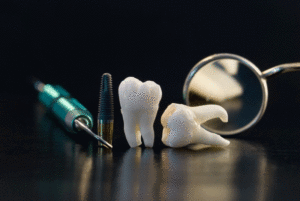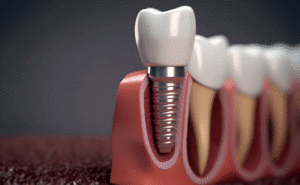When it comes to reducing wrinkles, frown lines and generating a more youthful and vibrant look, patients may choose to have Botox or Juvederm treatments, two popular procedures for accomplishing the aforementioned. But while both are injection treatments designed to create the same end result, they’re very different.
In a nutshell, Botox is a toxin that partially reduces the function of the facial muscles that it is injected into, thereby relaxing muscles and removing the wrinkle. Conversely, Juvederm is facial filler which actually plumps up and fills out the area underneath the wrinkle, removing it and creating a smooth skin surface.
But there are some other key differences between these two types of treatments – and they’re important to note if you’re considering this type of treatment and are weighing your options between the two. Here’s a look:
The Solutions
The biggest difference between Botox and Juvederm lies within the details. Botox uses a botulinum toxin type A, which blocks neurotransmitters as well as the muscle that triggers wrinkles. On the contrary, our practice’s Juvederm treatment uses hyaluronic acid, an all-natural substance, to reduce wrinkles. What’s more is that the injection now contains lidocaine for added comfort.
New vs. Old
As we already mentioned, both Botox and Juvederm are designed to accomplish the same thing. And for the most part, they do. One benefit of Botox, however, is that it has more of a track record than Juvederm. While Juvederm is a treatment that’s fairly new to the scene (with about a decade of amazing results), people have been successfully undergoing Botox treatments for even longer. In both treatment options, patients typically see results in just a few days.
Side Effects
Many refrain from receiving Botox injections due to the “face freezing” that it temporarily causes. But remember, the degree to which it affects you depends on how much you choose to use. Some people want the very placid look and others want a more natural, but reduced wrinkle appearance. Either can be achieved. A careful consultation with a professional is always suggested to understand your goals. It can also cause temporary headaches, dizziness, dry eyes, or an allergic reaction if you’re allergic to any of the ingredients in the treatment solution. And there are some systemic conditions that some people have that make it so they are not candidates for Botox.
Juvederm is an all-natural treatment, so it’s considered a very healthy option for you. It also doesn’t lead to the “face freezing” that Botox does, which is another plus. Side effects are typically much less with Juvederm treatment and usually subside after just a few days.
Lasting Results
One big advantage that Juvederm holds over Botox is that it is long-lasting. In fact, Juvederm treatments typically last for 9-12 months before wrinkles begin to come back. This treatment is significantly more long-lasting than Botox, as such treatment begins to wear off after about four months. That means you’ll likely need three Botox treatments for every one Juvederm treatment. Specifically, Juvederm treatments are ideal for eliminating lines that extend down the nose, as well as smile lines and marionette lines. It’s also a preferred treatment option for increasing the fullness of the lips.
Cost
Give Botox the win when it comes to individual treatment cost, but when you consider how much longer lasting Juvederm is, then price points are about even, if not even slightly in favor of the latter treatment option.
As you can see, Botox and Juvederm are not identical types of treatment. For more information on our Juvederm Ultra XC and Ultra Plus XC treatment – as well as Botox,- contact Dr. Richard Caven at (904) 645-3366 or look at the before and after photos at www.cavendental.com.


